7 Things that Grow – HOW?
You may think you know how these things grow, but find out the truth in this article!
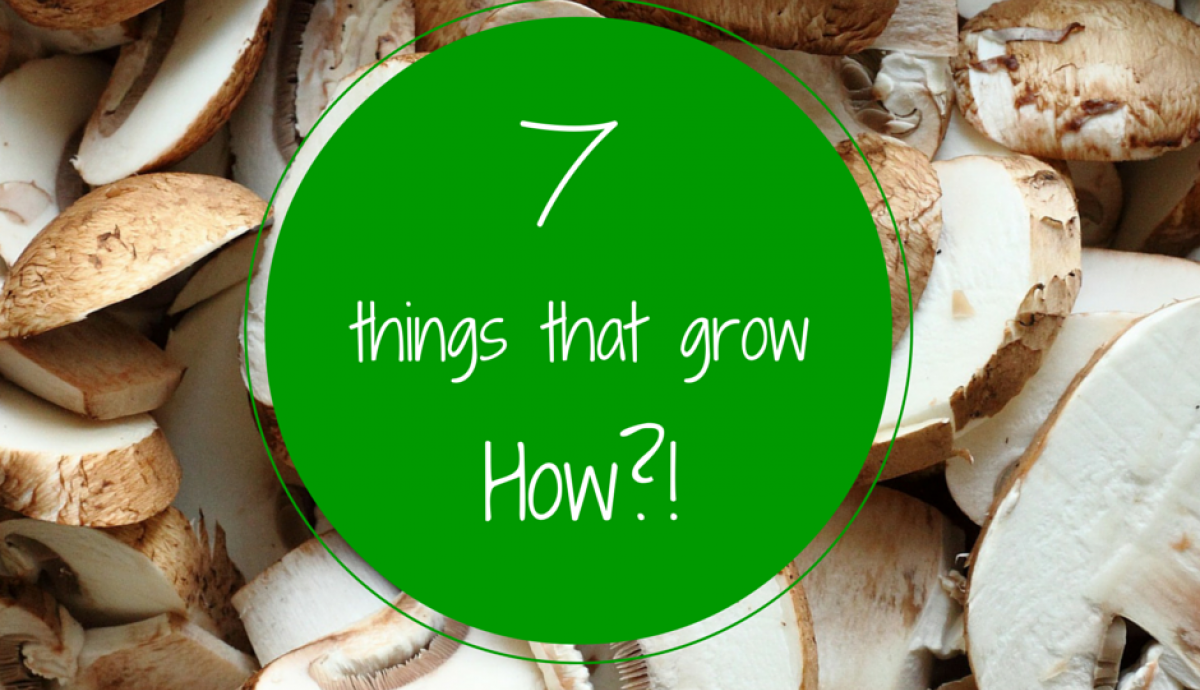
You may think you know how these things grow, but find out the truth in this article!
1. Pineapple
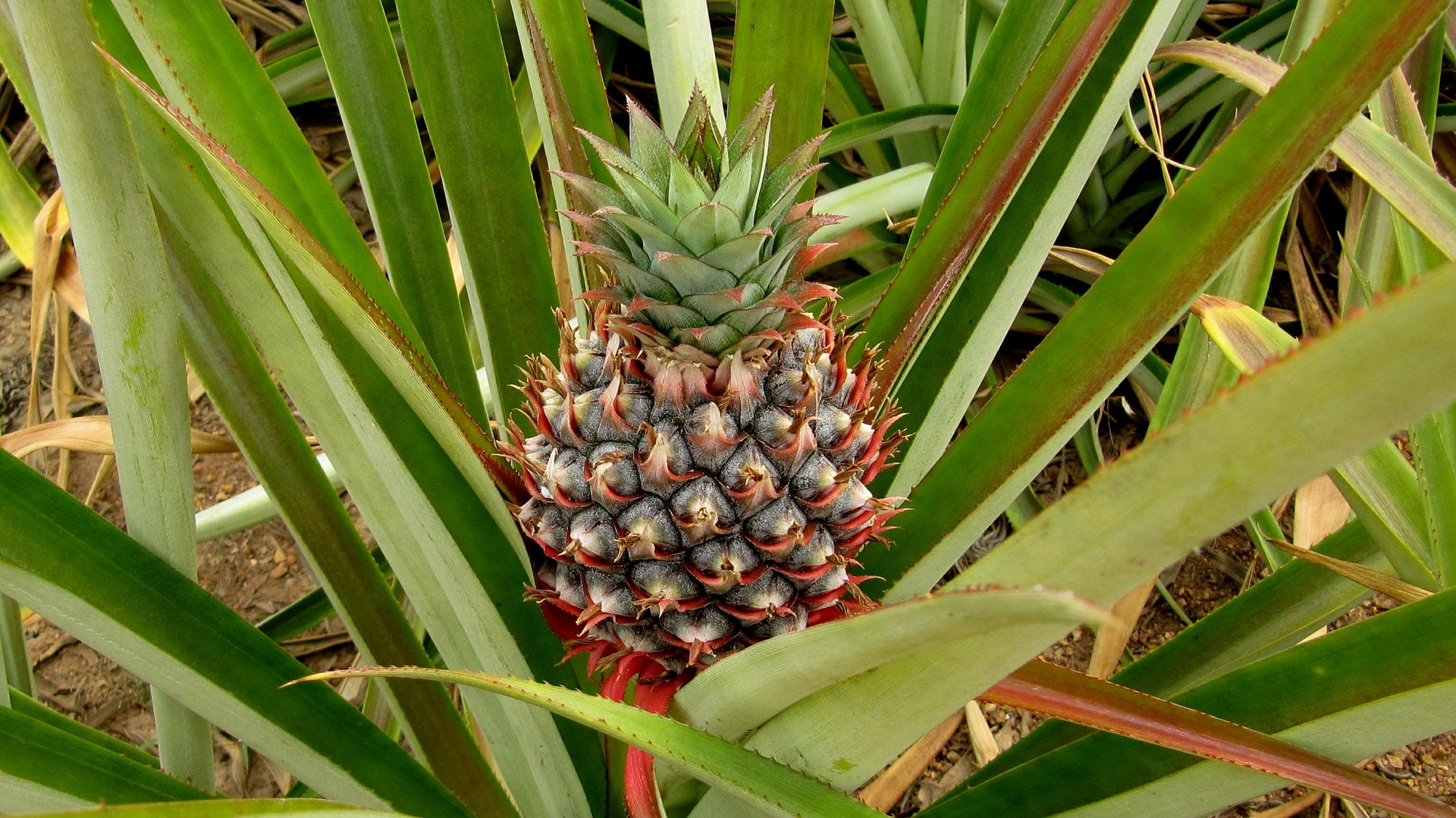
Pineapples don’t grow on trees! They grow out of the ground from a leafy plant. The pineapple fruit is created from a bunch of flowers fusing together. Pineapples don’t really have usable seeds, so pineapple plants usually start from the pineapple itself! Check out how they grow in this video. Want to grow your own pineapple at home? Learn how from the Dole Plantation in Hawaii.
2. Peanuts

CC BY 2.0 Image courtesy of uacescomm on Flickr
Another thing that doesn’t grow on trees- peanuts! Peanuts are actually legumes, not tree nuts. They grow underground! Peanuts grow from seeds into small leafy plants. Did you know Presidents Thomas Jefferson and Jimmy Carter were peanut farmers? Meet a peanut farmer in this video. You can learn more about peanuts (and jelly!) in one of our newest books PB&J Hooray!
3. Brussels Sprouts
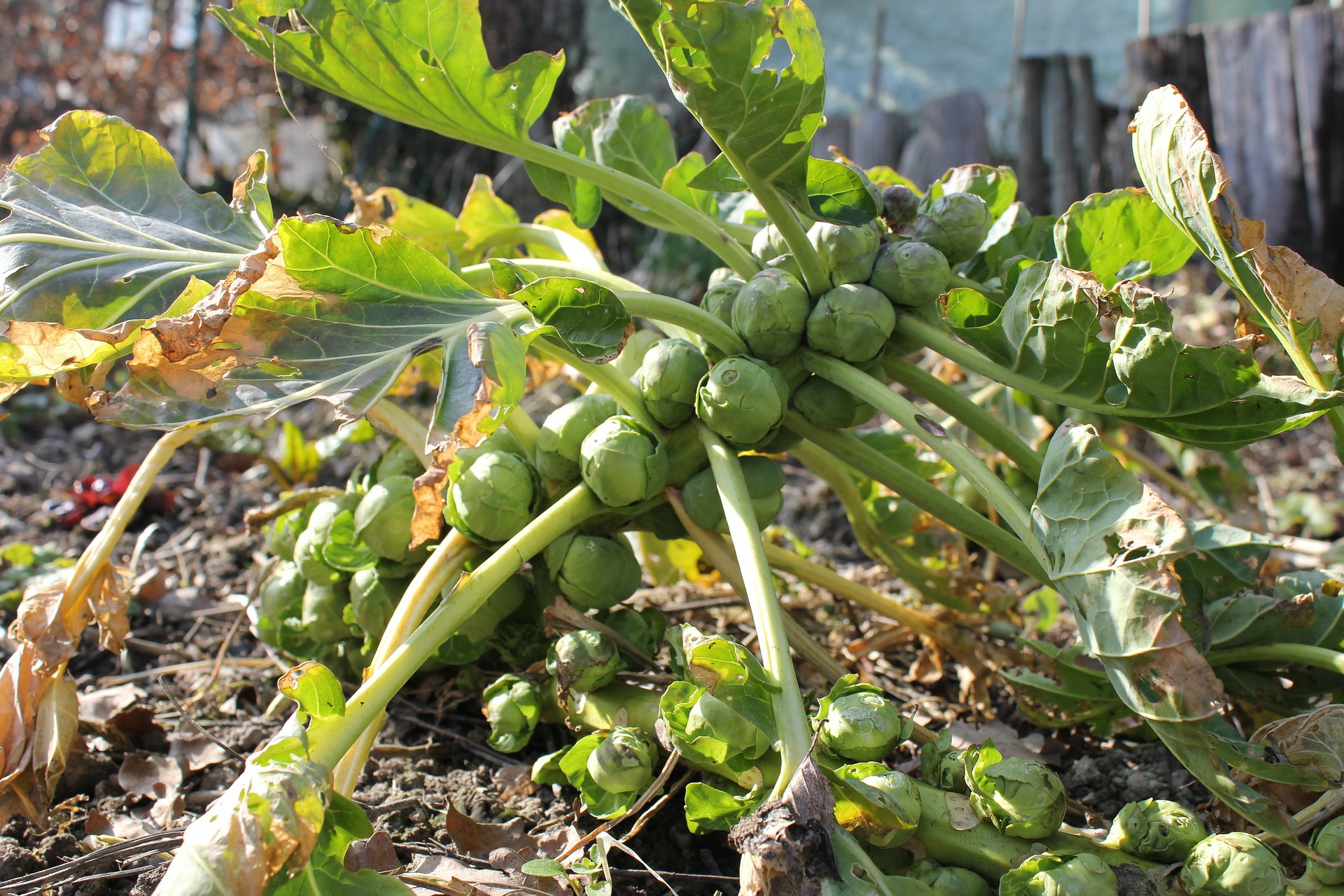
It will probably come as no surprise that these miniature cabbages were first cultivated in Brussels. This vegetable has a long growing season and does best in cool weather. Sprouts first form at the bottom of the plant stalk and continue forming towards the top for several weeks. This video shares some fun facts about Brussels Sprouts!
4. Mushrooms
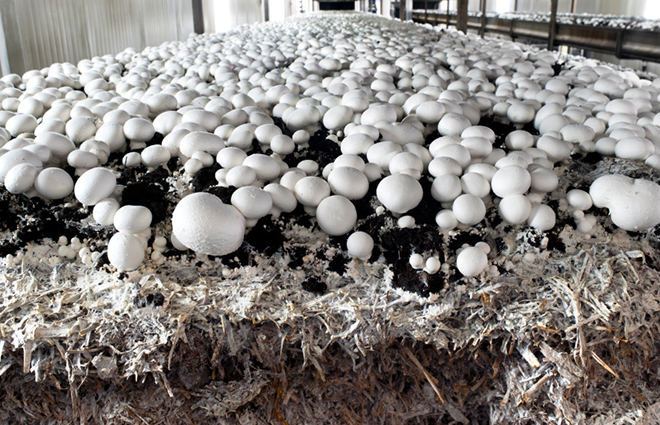
Many people call mushrooms vegetables, but really they are the fruit of a fungus. This means mushrooms don’t get their energy from the sun, but instead depend on a nutrient-rich food base like compost. You won’t see fields of this delicious pizza and salad topping because mushrooms like dark, moist places, so mushrooms are farmed indoors, burrowed in compost beds. About half of the mushrooms we produced in the U.S. come from one place- Chester County, Pennsylvania! This video takes an inside look at how mushrooms are grown.
5. Canola Oil

Ever wonder where Canola oil comes from? It comes from the canola plant of course! The canola plant produces pods with seeds that are then harvested. Oil within the seed is extracted, refined and bottled as the Canola oil you find in the grocery store. This video breaks down the Canola oil making process.
6. Garlic
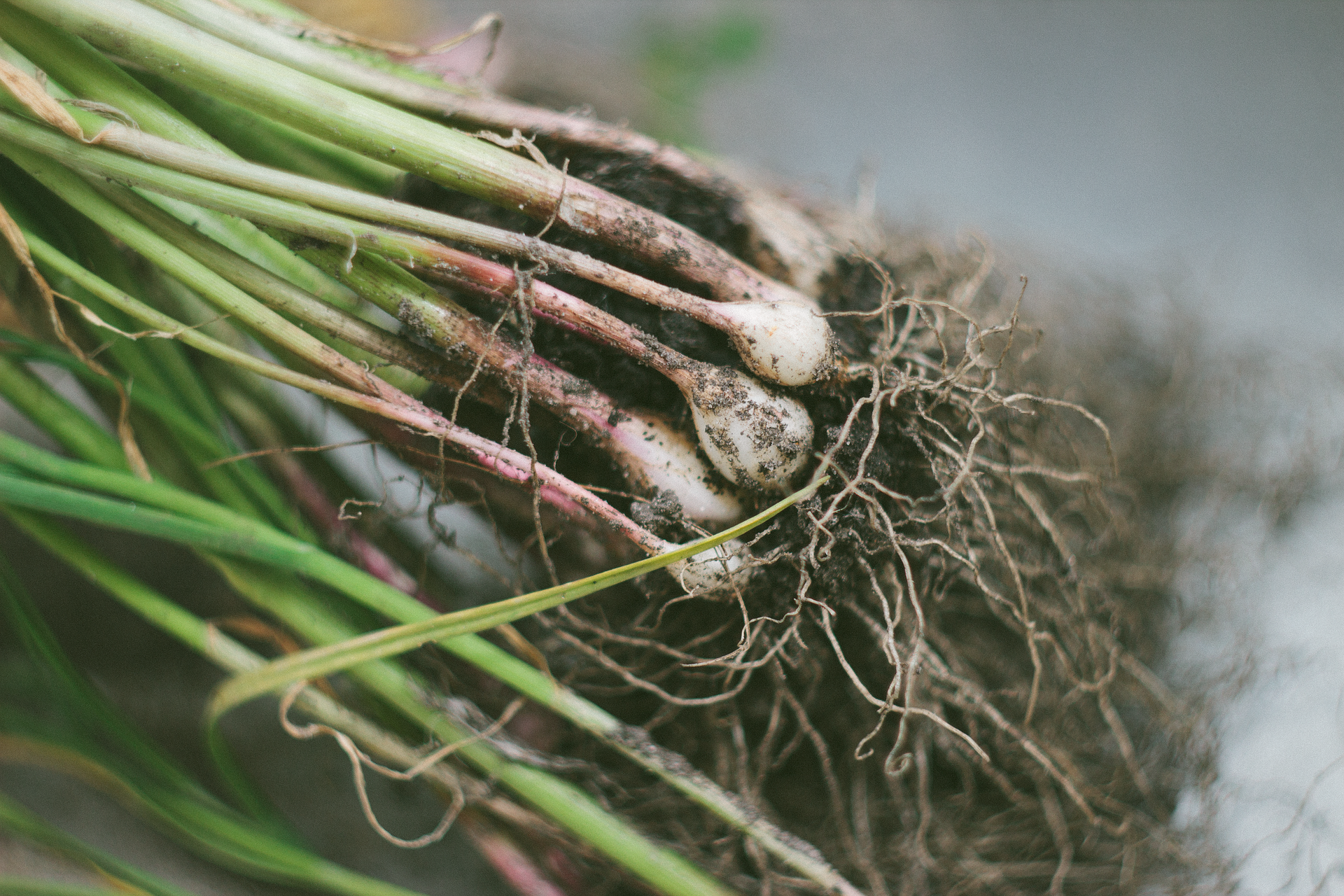
Garlic is a kitchen staple in many mouthwatering recipes, but many people don’t know the “stinking rose” is actually part of the lily family! Garlic grows underground from individual cloves broken off from a whole bulb. In the U.S., most commercial garlic is grown in California. This informative video illustrates how garlic grows!
7. Asparagus
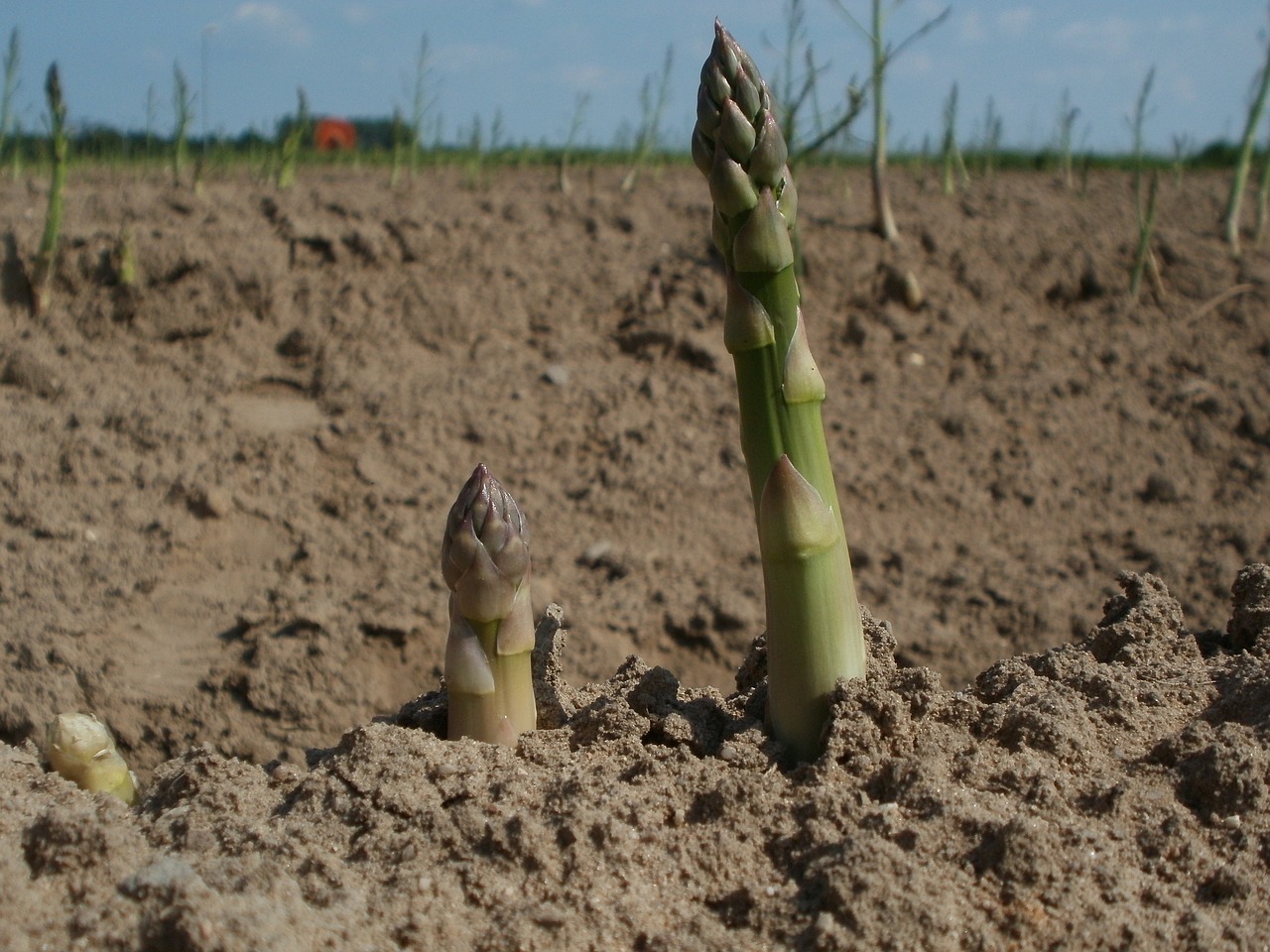
Asparagus is a staple in many gourmet dishes and fine dining restaurants, but do you know how it is grown? It is a perennial plant, meaning its roots build and grow each year and asparagus can last up to 30 years in a garden bed. It takes 3 years from seed to harvest for asparagus to grow, but in an ideal climate it can grow up to 10 inches in one day! What about white asparagus? White asparagus is not genetically induced but instead gets its color due to the absence of sunlight, meaning it is grown in the dark! Learn more about asparagus growth and white asparagus in this video.
BONUS: Baby Carrots

While some farmers do grow carrots to be naturally small or harvest carrots young, most baby carrots are actually cut to look that way! In the 80s carrot farmer Mike Yurosek was tired of throwing out his imperfect, lumpy carrots. Yurosek decided enough was enough and with the use of a bean cutter, he cut down an imperfect large carrot to be a perfect “mini-carrot”; the rest is history! Mm where’s the ranch dressing? Check out this America’s Heartland video to learn more.
Did we miss something? Email us your "how does it grow?" question and we will compile a part 2!










